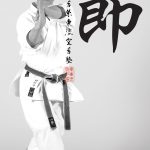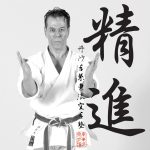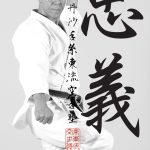
This poem captures the essence of Kenwa Mabuni’s discipline and the joy of dedicated training in martial arts. It speaks of letting go of everyday distractions, focusing entirely on the practice, and embracing the journey of self-improvement. The imagery of … Continue reading























